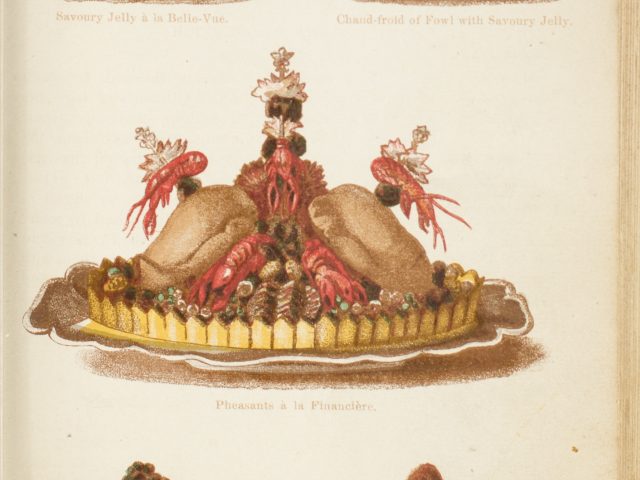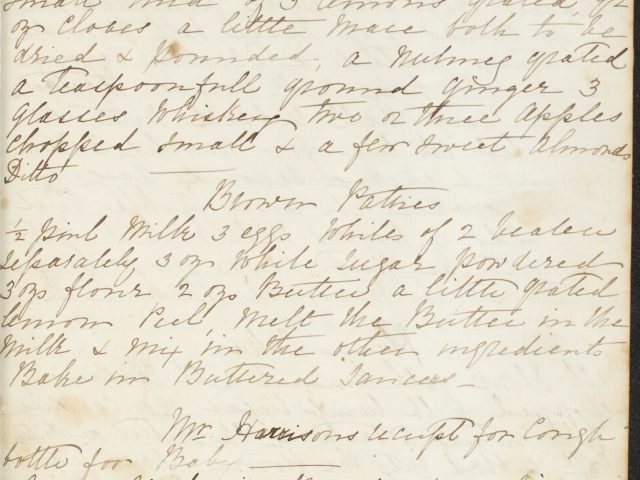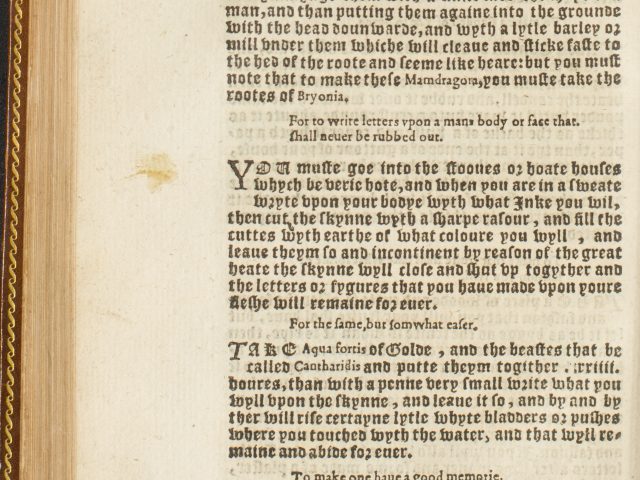
English Receipt Books
Early printed “receipt books” contained a variety of culinary recipes, medical remedies, and instructions for making household products. 16th to 19th-century housewives and their servants were expected to treat illness, stitch wounds, and make soaps, candles, and dyes as well as prepare meals. Receipt books like these provided instruction in class identity and prepared women for marriage or a life in service, but they also offered career opportunities for women writers. Hannah Woolley, who directed her Queen-like Closet at “ladies” and “gentlewomen,” was one of the first Englishwomen to make a living by writing. Popular 18th-century cookbook authors included Hannah Glasse and Eliza Smith, though each wrote for a different audience. By the Victorian period, cookbooks like that of Isabella Beeton had become elaborate handbooks for middle-class exuberance.
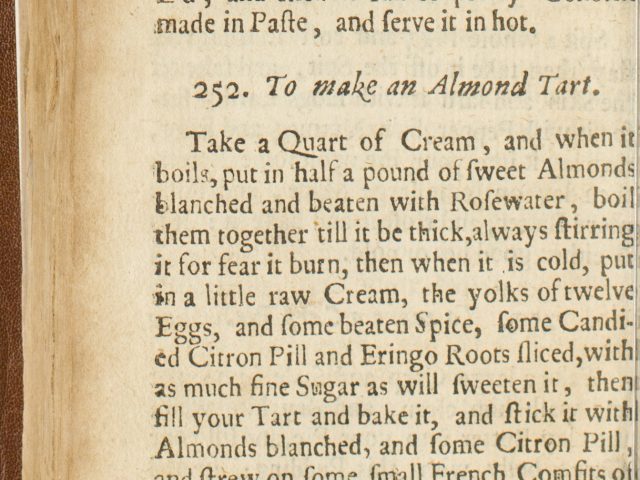
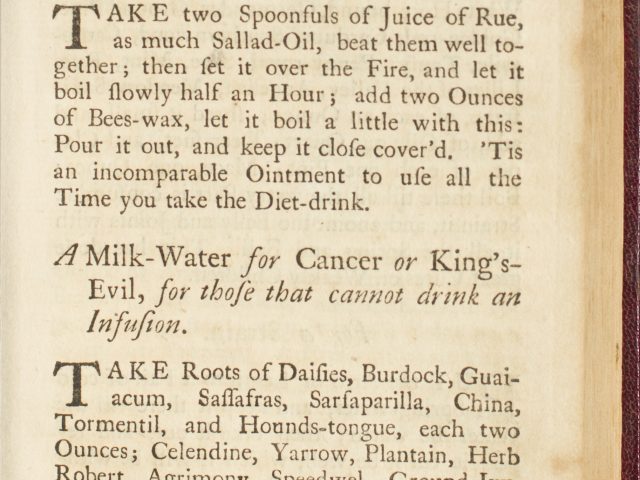
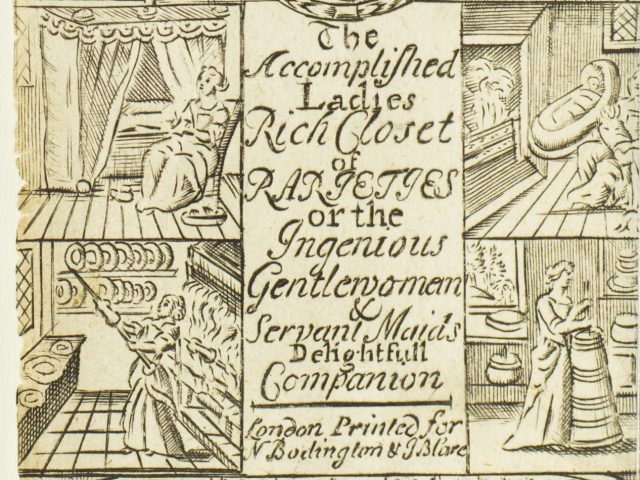
![[Recipe Book]](https://exhibitions.library.vanderbilt.edu/cookbooks/wp-content/uploads/sites/19/2019/08/002-7-e1564926093492-640x480.jpg)
